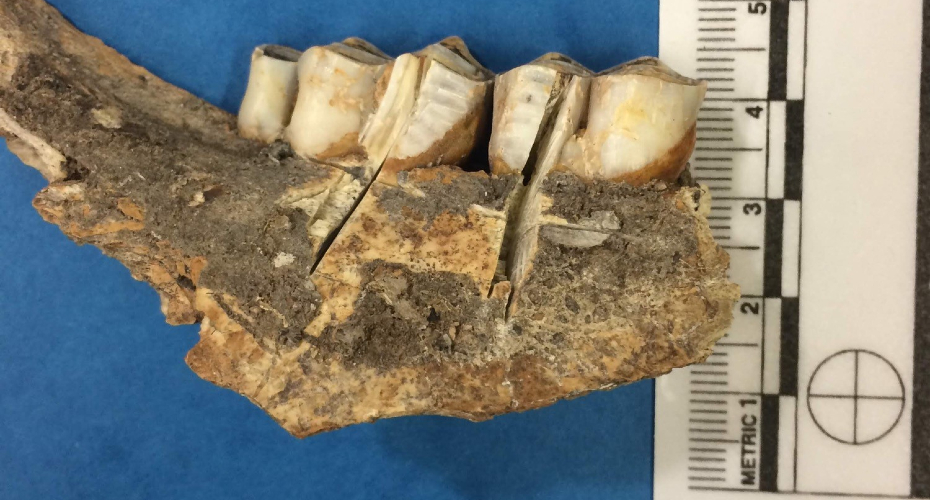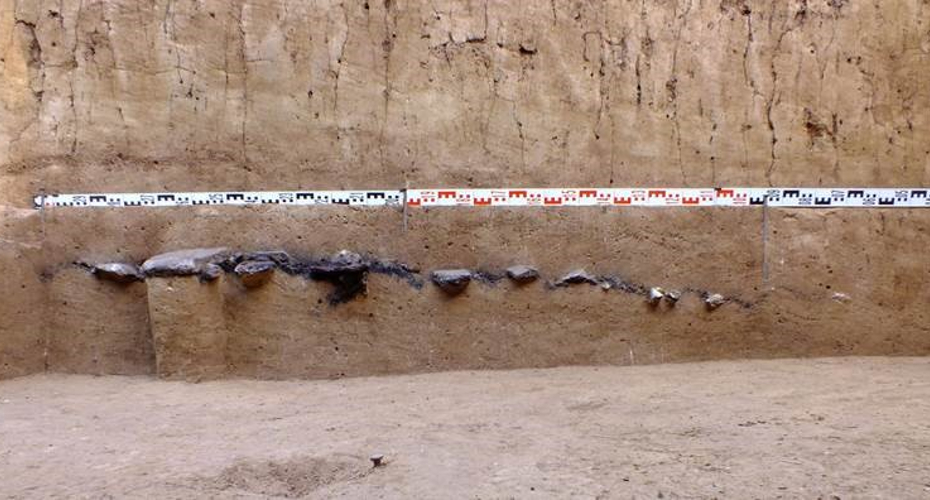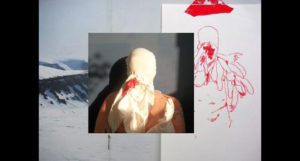Ancient humans strategically targeted reindeer-rich territory in the autumn for winter food and clothing

Photo by Dr Alex Pryor
Prehistoric hunter-gatherers deliberately targeted prime reindeer as part of a logistically organised seasonal subsistence strategy according to new archaeological evidence.
People from the Late Gravettian era, more than 27,000 years ago, travelled many kilometres to hunting grounds in the foothills of Bohemia in what is now Chechia, armed with weapons and butchery equipment.
There, they knew they would find reindeer in sufficient quantity to supply them with meat and valuable resources such as fat, bone and antler before the freezing winter conditions returned.
The research, led by archaeologists from the University of Exeter with partners across Europe, reveals that the Gravettian hunters were not following migrating herds of reindeer over long distances, but targeting relatively sedentary populations during early autumn, an optimal time of year for hunting reindeer.
The findings are published in the latest edition of the journal Archaeological and Anthropological Sciences.
“Reindeer was a key prey species for prehistoric man, providing meat, critical subcutaneous and marrow fats and hides that were used for clothing,” says Dr Alex Pryor, lead author from Exeter’s Department of Archaeology and History. “The quality of these varied according to the season, particularly regarding the hide, where fur length would dictate how warm and portable the clothes would be. This placed a premium on hunting reindeer in the autumn and ensured that any location where reindeer could be predictably found at that time would be highly attractive.”
The focus of the research centred on a kill-butchery site called Lubná VI, located approximately 50km west of Prague. The area has been the focus of archaeological interest since the 1890s, but Lubná VI itself was not discovered until 2006, and has been the focus of numerous excavations since.
One of those digs – in 2018 – unearthed stone tools, bones and two hearths, which led to the identification of at least seven reindeer, along with the remains of several other species. Radiocarbon dating of one of the bones enabled the researchers to conclude that the site would have been in operation around 27,500-27,100 years ago, and analysis of the tools estimated that they originated at least 120km away, in either southwest Poland or Saxony.

For the project, the team selected 21 teeth for strontium, oxygen and carbon isotope analysis, a technique that enables scientists to examine the chemical make-up of enamel for evidence of where the animal had grazed on vegetation. Eleven of the teeth were subjected to additional testing to establish the season in which the animal died.
The results revealed that, unlike many modern herds of reindeer, there was little to no evidence of long-distance movement, with the majority living on the foothills of the Bohemian-Moravian highlands and in the flat Bohemian Cretaceous plains. Some seasonal migration within or between the two areas was detected in a small number of the deer.
Dr Pryor said: “The results reveal that the reindeer were available to hunt in the foothills region in all seasons of the year, with a seasonal influx of additional animals during the spring and summer months that migrated up from the Cretaceous plains.”
Analysis of the dental cement was possible for three of the animals and indicated that all three had died during in the autumn or early winter.

Dr Pryor, who coordinated the project alongside colleagues in Czechia, Hungary, Poland and the University of Southampton, said the results showed for the first time that the reindeer had adapted to their Central Europe environment – and their hunters had come to understand this.
“Arriving from the east, these Lubná hunters came armed with the knowledge that there would be reindeer to hunt at a critical time of the year, and the tools to process their meat and hides,” concludes Dr Pryor. “This reveals a level of seasonal and logistical strategy well beyond a simple chance-based tracking of prey as and when they were encountered.”
Reindeer prey mobility and seasonal hunting strategies in the late Gravettian mammoth steppe is available through Archaeological and Anthropological Sciences.



